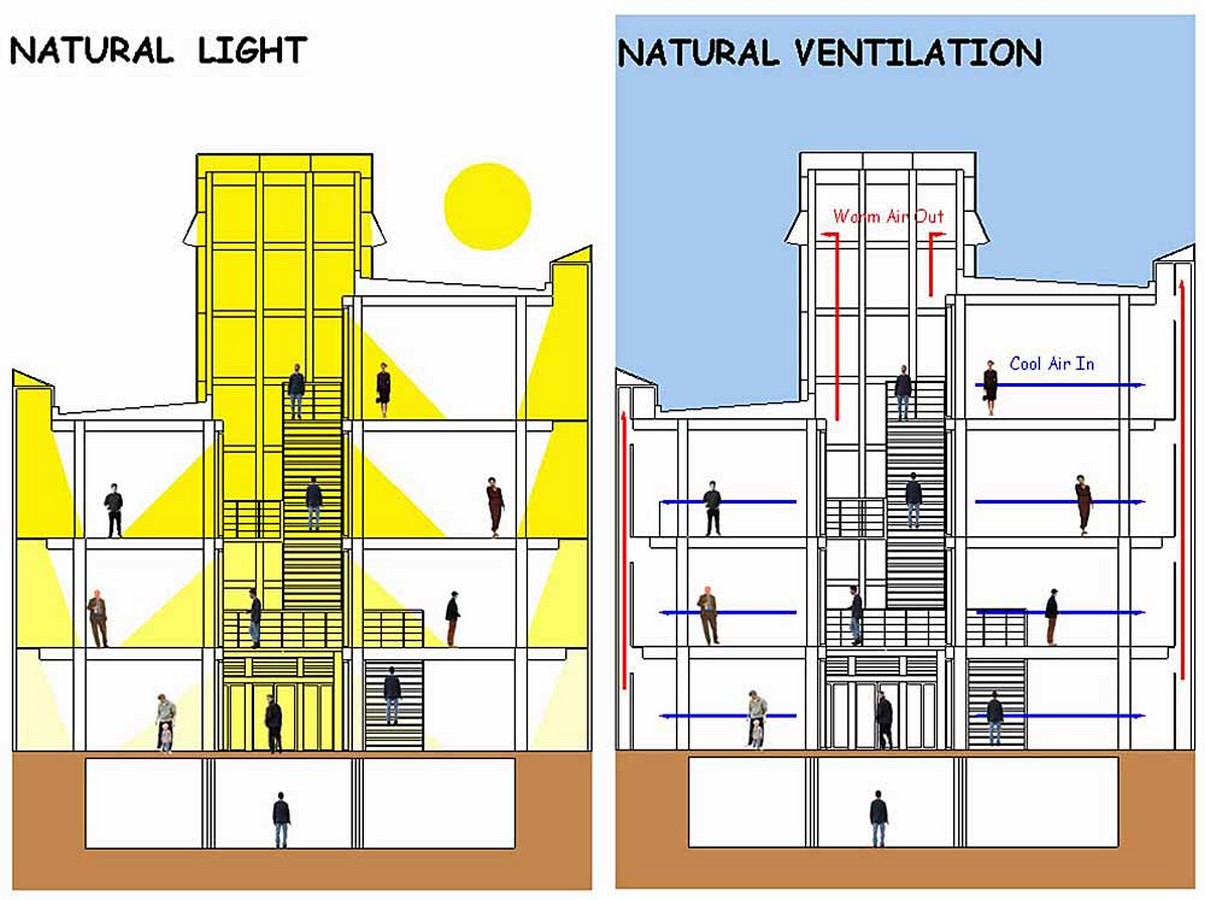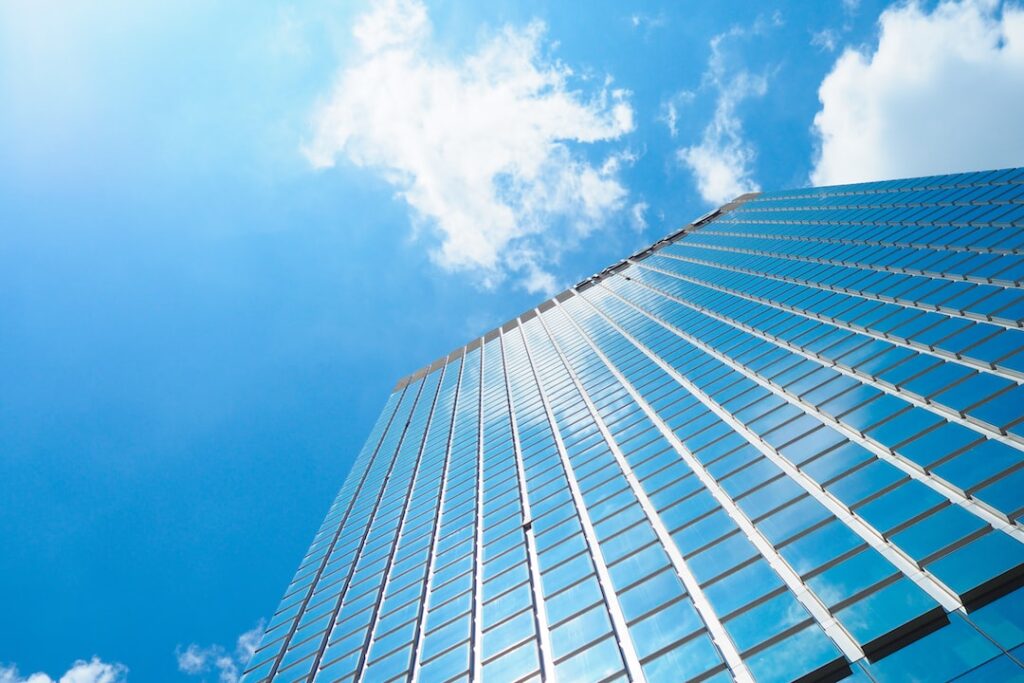How to reduce energy consumption in buildings? When it comes to energy efficiency in commercial buildings, there are a few major energy loss causes to be aware of. HVAC systems and lights are typically the biggest power consumers in commercial structures, so it’s important to focus on making these more efficient.
Additionally, most of the world’s energy comes from fossil fuels like coal and natural gas, which release greenhouse gases during the consumption phase. To reduce the impact of these emissions, it’s important to find ways how to reduce energy consumption in buildings overall.
One way to make a building more energy efficient is to focus on the HVAC system. This system is responsible for nearly 35% of a building’s energy use, so making it more efficient can have a big impact. There are a few ways to do this, such as investing in energy-efficient HVAC equipment, properly maintaining and repairing existing HVAC systems, and making sure the building is properly insulated.
Another major energy loss cause is incandescent lighting. These types of lights are much less efficient than LED lights, so switching to LED lighting can help reduce energy consumption. Additionally, making sure lights are only used when needed and are turned off when not in use can also help reduce energy use.
There are a number of other ways to reduce energy consumption in buildings, but these are some of the most effective. By focusing on making your building more energy efficient, you can help reduce your carbon footprint and make a positive impact on the environment.
Table of Contents
How to Reduce Energy Consumption in Buildings
When it comes to reducing energy consumption in commercial buildings, passive design strategies are key. By definition, passive design is a building design approach that minimizes the use of energy for heating and cooling.
In other words, it’s all about using the natural environment to your advantage to maintain a comfortable indoor temperature. Many different passive design strategies can be used to reduce energy consumption in buildings.
One common strategy is to orient the building in such a way that it takes advantage of the sun’s path. For example, in the northern hemisphere, the sun is lower during the winter months.
As such, it makes sense to orient a building so that the majority of the windows are on the south side to maximize the amount of sun exposure. This will help to heat the building naturally during the winter months, reducing the need for artificial heating.
Another common passive design strategy is to use thermal mass. This is a material that can store heat and then release it slowly over time.
Common examples of thermal mass materials include concrete, bricks, and stone. By using these materials, you can help to regulate the indoor temperature as they will absorb heat during the day and then release it at night.
Building Envelope Improvements
The building envelope is the physical barrier between the interior and exterior of a building, and it plays a critical role in energy efficiency.
By improving the thermal performance of the building envelope, we can reduce the amount of energy required to heat and cool the building, resulting in significant energy savings.
There are several ways to improve the thermal performance of the building envelope, and one of the most effective is to install insulation.
Insulation works by slowing the transfer of heat, and it is an extremely effective way to improve the energy efficiency of a structure.
In fact, insulation is so effective that it is often the most cost-effective measure that a property owner can take to improve the energy efficiency of their building.
Another way to improve the thermal performance of the building envelope is to install energy-efficient windows.
Windows play a critical role in the energy efficiency of a building, and by installing energy-efficient windows, we can reduce the amount of energy required to heat and cool the building.
Energy-efficient windows are available in a variety of different types and styles, and they can be customized to meet the specific needs of any building.
By taking steps to improve the thermal performance of the building envelope, we can save money on energy costs and help reduce our reliance on fossil fuels.
HVAC System Upgrades
HVAC system upgrades are a great way to reduce energy consumption in buildings. By upgrading to a more efficient system, you can save money on your energy bills and help to protect the environment.
There are several ways to upgrade your HVAC system, including installing a new furnace or air conditioner, upgrading your insulation, or adding solar panels.
Whatever route you choose, make sure to do your research to ensure you are getting the most efficient system possible.
HVAC system upgrades can be a big investment, but they will pay off in the long run.
 (Source)
(Source)
Lighting Retrofits
When it comes to reducing energy consumption in buildings, lighting retrofits are a great option. Not only do they save energy and money, but they also improve the quality of light in your space.
There are a few things to consider when retrofitting your lighting, such as:
- The type of lighting you currently have and whether it needs to be replaced.
- The type of lighting you want to install.
- The cost of the retrofit.
- The expected return on investment.
- The time frame for the project.
- The disruption to your business.
If you’re looking to reduce energy consumption in your building, lighting retrofits are a great option. Talk to a lighting specialist to learn more about what’s possible for your space.
Renewable Energy Systems
One of the most effective ways to reduce energy consumption in buildings is to install renewable energy systems. Solar panels, for example, can significantly reduce your energy bills.
Other renewable energy systems such as wind turbines and hydroelectric power can also be used to generate electricity and can help to reduce your carbon footprint as well.
Installing renewable energy systems is a great way to reduce your energy consumption, and can also help to protect the environment.
FAQs in Relation to How to Reduce Energy Consumption in Buildings
What are 7 ways to reduce energy consumption?
- Use energy-efficient appliances and lighting.
- Educate occupants on energy conservation.
- Conduct an energy audit of the building.
- Implement an energy management system.
- Use renewable energy sources.
- Improve building envelope insulation and airtightness.
- Upgrade heating, ventilation, and air conditioning (HVAC) systems.
What is the most effective way to reduce energy consumption?
The most effective way to reduce energy consumption in buildings is to improve the energy efficiency of the building envelope and systems.
How can you save power in a building?
There are a number of ways to save power in a building.
1. Use Energy-Efficient Lighting
LED lights use less energy than traditional incandescent bulbs, and they last longer too.
2. Install Solar Panels
Solar panels can provide a significant portion of a building’s power needs, reducing the amount of energy that needs to be generated from other sources.
3. Use Energy-Efficient Appliances and Electronics
Energy-efficient appliances and electronics use less power than their traditional counterparts.
4. Implement a Building Management System
A building management system can help to optimize a building’s energy usage by automatically controlling heating, cooling, and lighting systems based on occupancy and other factors.
Conclusion
There are a number of ways how to reduce energy consumption in buildings. By taking steps such as educating employees on energy conservation, installing energy-efficient lighting, and upgrading your HVAC system, you can make a significant impact on your building’s energy usage.





